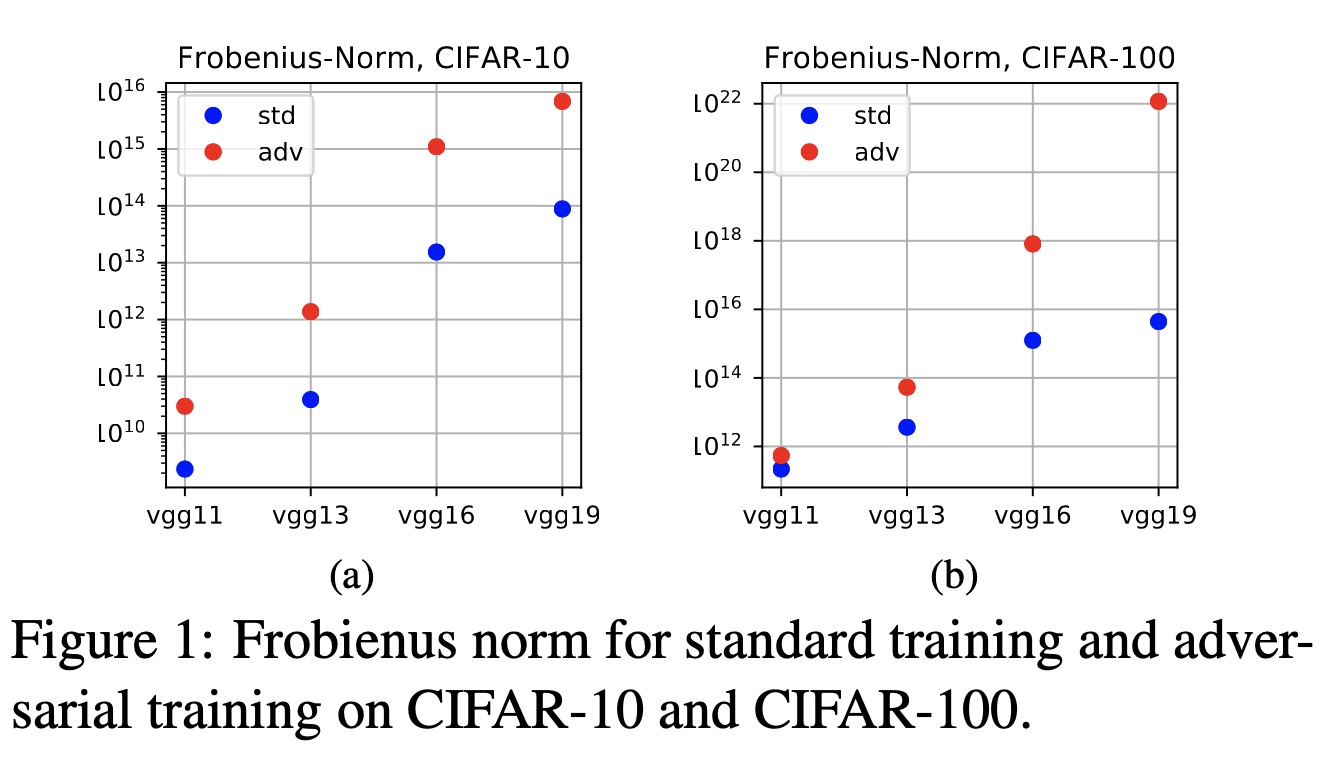Adversarial Rademacher Complexity of Deep Neural Networks
Deep neural networks are vulnerable to adversarial attacks. Ideally, a robust model shall perform well on both the perturbed training data and the unseen perturbed test data. It is found empirically that fitting perturbed training data is not hard, but generalizing to perturbed test data is quite difficult. To better understand adversarial generalization, it is of great interest to study the adversarial Rademacher complexity (ARC) of deep neural networks. However, how to bound ARC in multi-layers cases is largely unclear due to the difficulty of analyzing adversarial loss in the definition of ARC. There have been two types of attempts of ARC. One is to provide the upper bound of ARC in linear and one-hidden layer cases. However, these approaches seem hard to extend to multi-layer cases. Another is to modify the adversarial loss and provide upper bounds of Rademacher complexity on such surrogate loss in multi-layer cases. However, such variants of Rademacher complexity are not guaranteed to be bounds for meaningful robust generalization gaps (RGG). In this paper, we provide a solution to this unsolved problem. Specifically, we provide the first bound of adversarial Rademacher complexity of deep neural networks. Our approach is based on covering numbers. We provide a method to handle the robustify function classes of DNNs such that we can calculate the covering numbers. Finally, we provide experiments to study the empirical implication of our bounds and provide an analysis of poor adversarial generalization.
PDF Abstract

 CIFAR-10
CIFAR-10
 CIFAR-100
CIFAR-100